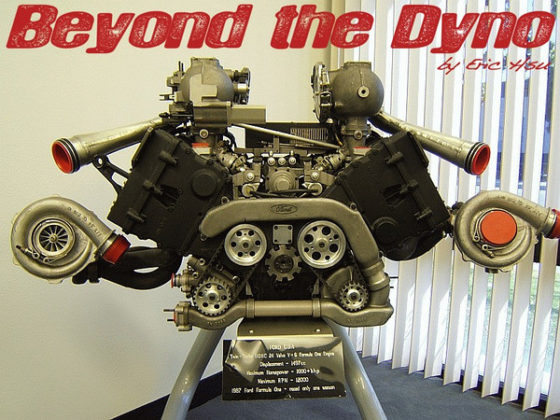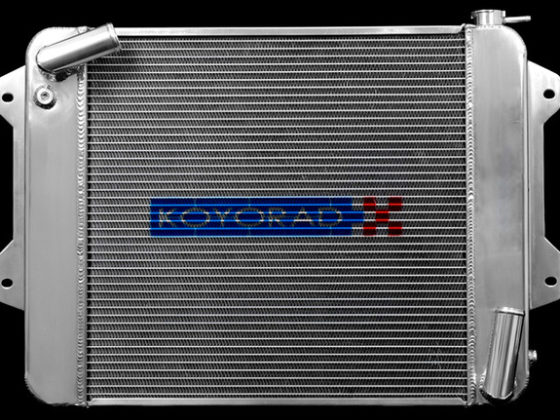,
Other companies use a multi piece process where the center is roughly forged via a die then CNC machined into its final shape. Then the rim section is spun formed where a tubular blank is shaped into the rim section by drawing it over a mandrel. After forming the rim and center sections are joined by either bolting together or welding. Bolting is not as strong as a one piece and leaves several air leak paths that can affect reliability. The heat of welding weakens the metal and locally destroys the grain alignment created by forging.

The Rays process is proprietary and unique, creating the thinnest, lightest and strongest one piece forged rims through total control of the grain orientation. The Rays process uses multiple forging stages to create a wheel near net shape which needs very little final machining to complete.
 |
|
After the first strike with the forging die you can see the basic shape of a TE37 wheel. The wheel must go through several other steps to achieve its final shape.
|
The process starts with the metal. Rays uses a proprietary aluminum alloy which is similar to our 6061 aircraft alloy but with additional silica and magnesium. The silica makes the alloy finer grained and the magnesium imparts some toughness. The additional alloying agents increase the tensile strength 18% over regular 6061.
 K&N Time Attack G35
K&N Time Attack G35The Rays patented 3D forging process is the main secret behind the wheel's performance. The process starts with a metal disc called a blank. First the blank of metal is heated to a precisely controlled temperature and forged into the rough shape of the wheel in an open one sided die. The Rays forging press squeezes the metal into the first stage die with a force of over 10,000 tons. This is nearly twice the force of most other forged wheels processes. 12 tons of force is applied to each mm of the wheel's surface. The great pressure means that more intricate shapes can be produced and the metal flowed into deeper draws of the die without rupture or upset of the metal. A tighter more refined grain is produced as well. This produces a part where the center section is close to being fully formed with a thick area around the periphery.




